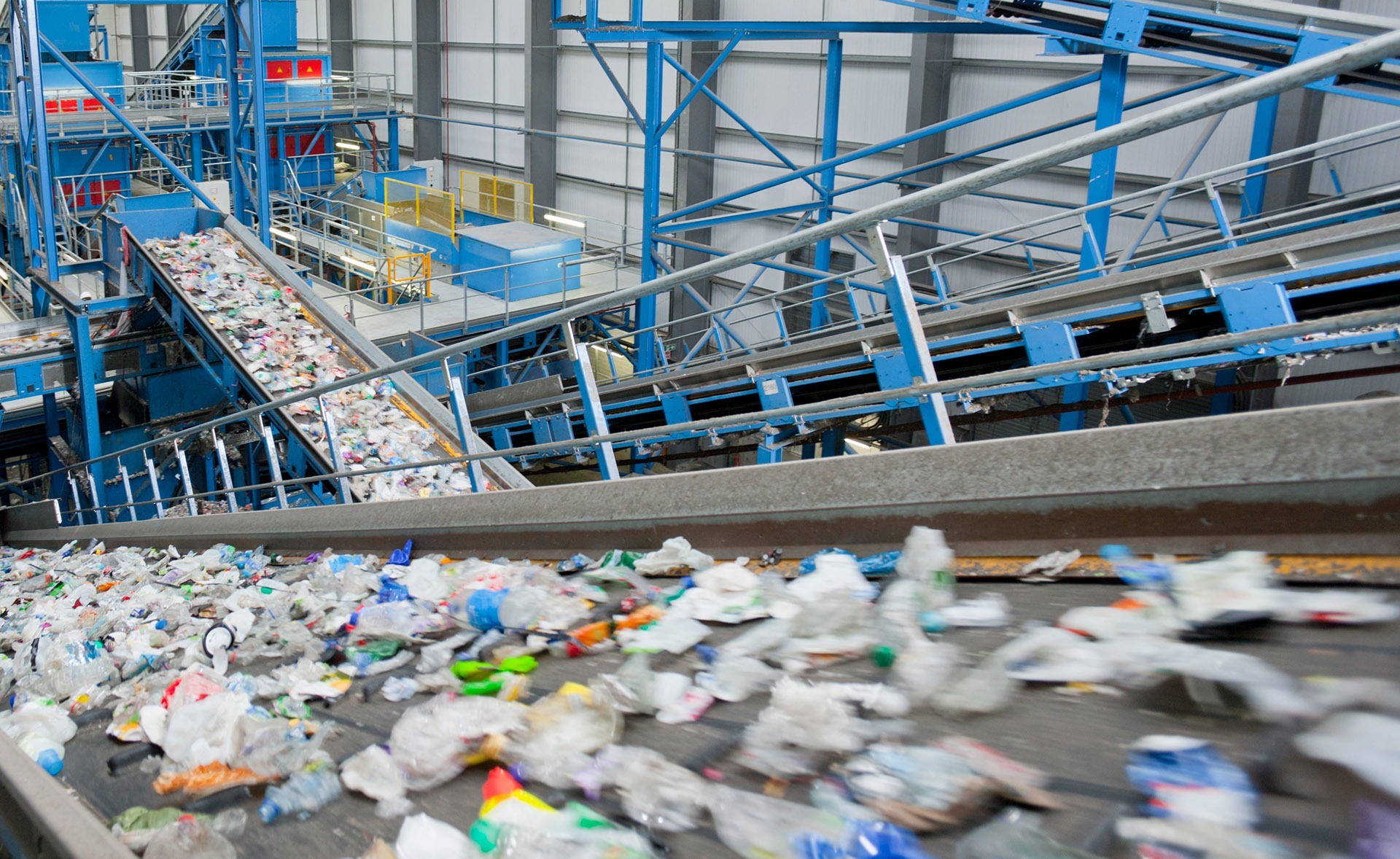Uganda is currently paying a high cost for her inappropriately balanced modal share of transport in the country, and if not corrected the country’s cost of transportation will continue to hurt the import and export business, experts say. They say, this can be corrected by increasing the share of the railway in the country’s transport mix.
According to the Uganda Bureau of Statistics, currently up to 95 per cent of the country’s import and export business relies on road transport, the remaining 5 per cent shared between rail, air and water modes of transport. This shows that the country is heavily reliant on road transport.
Evidence however shows that most countries with a more favourable business environment have a higher railway transport share in their mix. India for example has 35 per cent of its transportation by rail.
Worldwide, the railway is known as the safe and reliable mover of heavy loads; it is cost effective and its costs of maintenance are low. A recent survey by the UN Economic Commission in Asia and Pacific (UNESCAP) showed that following the outbreak of Covid-19, use of rail across borders went up several fold.
Ugandan manufacturers told this Magazine that in the context of Covid-19, the railway would have been the most ideal means of hauling their raw materials and finished products across the borders, to save time, costs and avoid numerous truck driver infections.
In May, Uganda, Kenya and Rwanda agreed to test all truck drivers crossing the boarders as a way of mitigating the unprecedented spread of infection. As a result, long jams were witnessed at the boarders spreading about a mile long, hence the unprecedented delays in delivery and distribution for the manufactures.
“The delay impacted our efficiency, in terms of production, because delivery time for raw materials is now extended for two to three days more compared to the time before. In the end, we are also delayed in supplying our customers,” said Stewart Mwesigwa, business development manager for Roofings Ltd, one of Uganda’s leading manufacturers of iron and steel products.
Mwesigwa said had the country’s railway system been fully functional during the pandemic, manufacturers would have felt less frustration because most of their supplies would still have arrived on time.
“In certain aspects, the rate at which you receive raw materials determines your efficiency. The more you receive, the more you produce, and the more you produce, the more you reduce your costs. This railway would even have enabled us to keep exporting because it has fewer limitations,” he told The Infrastructure Magazine
Data from Uganda Railway Corporation shows that one train load can carry approximately 800 metric tonnes of goods, the same amount of tonnage that would take about 50 trailers on the road.
Dr. Fred Muhumuza, an economist, said that even before the Covid-19 pandemic broke out, the country was in dire need of a fully functional railway network, if just to reduce the cost of road repairs. He said, for example, that presently the entire road network from Malaba on the Kenyan border to Katuna on the Rwandan side, needs to be redone, because of cracks that are spilling water under it because of heavy traffic.
“This means the water will fault its baseline and soon we shall have to redo the entire road. When you don’t have a properly functional railway, (so you save yourself the burden) of redoing the roads so often,” he said.
Besides, Muhumuza who also teaches Economics at Makerere University, said the railway requires less human involvement, therefore even in the middle of a human pandemic like the current Covid-19, the flow of cargo continues with minimal interruptions.
“The railway would have been the best option for moving cargo across borders. One of the biggest challenges we have faced during the pandemic has been the truck drivers. We have had about three people per truck, moving only about 20 tonnes of cargo, yet the train can take fifty times that with about three to five people,” he said.
Muhumuza also noted that cargo by train normally moves into designated areas, saving the country from strenuous traffic jams and accidents accruing from the use of trucks.
Although Uganda intends to build a US$2.3b standard gauge railway to connect the country to neighbouring Kenya, Rwanda, South Sudan and DR Congo, a meter gauge railway will also be maintained.
Eng. Charles Kateeba, the managing director Uganda Railways told The Infrastructure Magazine that the meter railway will act as a supply and distribution network for the Standard Gauge Railway (SGR), while it (SGR) will serve as the trunk line from Mombasa.
Under the plan, sections of the railway network will be upgraded to the Standard Gauge Railway (SGR), while others will be maintained under the meter gauge.
According to the plan, the SGR will go over Malaba – Kampala, then Tororo – Gulu – Nimule before crossing between Gulu – Pakwach – Arua.
Another arm will connect Kampala to Kasese and eventually into DR Congo. Eng. Kateeba said the track will branch off from Bihanga to Mbarara, Mirama hills to Kigali.
The Uganda Railway, also known as the Lunatic Express, was built during the colonial times. Works on the line started at Mombasa port in the Kenya colony in 1896 and reached Kisumu, on the eastern shores of Lake Victoria, in 1901. In 1931, the line reached Kampala. Although most of the line was in present day Kenya, the original purpose of the project was to provide a modern link to transport raw materials out of, and manufactured British goods into, the Uganda Protectorate.
On the Uganda side, the railway line covers 190km, from Kampala to the Kenyan border, and 9km between Kampala and Port Bell. From Kampala, it continues to Kasese in western Uganda, and Pakwach making it approximately 1,918 kilometres from Mombasa.
Following government divestiture policy and poor management of the railway corporation, in 2005, the Government of Uganda concessioned the railway to South African Rift Valley Railways (RVR) for 25 years.
The concession gave RVR the mandate to operate the entire 1,266km railway network in the country. However, following poor management and low investment of the concessionaire in 2018, Government took back management of the corporation and its lines.
According to the minister of state for investment, Evelyn Anite, the country suffered an estimated Shs2.824trillion loss in damaged assets during the reign of the RVR.
The unattended track led to vandalism of the sleepers, fittings, loop lines and rails. The locomotives also deteriorated, necessitating rehabilitation.
Works minister, Gen. Edward Katumba Wamala told The Infrastructure Magazine that vandalism of railway materials has moved from stealing railway sleepers to cutting the main line.
Gen. Katumba said government has lost approximately $1b (sh3.704trillion) worth of railway materials to railway vandals, which is a significant injury to the economy.
Plan for revival
Since management of the railway network was given back to Uganda Railways Corporation (URC) in June 2018, management has revived the southern route through Port Bell, Mwanza to Dar es Salam, which had been silent for more than 10 years.
Eng. Kateeba said revival of the route offers a feasible solution to traders with bulk cargo in and out of the country, as rail is known to be an affordable, safe and reliable means of transport.
He said in the medium term, URC will rehabilitate the MV Pamba ship, improve port facilities, repair and upgrade the existing metre- gauge railway line as well as construct a new Port at Bukasa.
URC, he said, has already drafted a Shs333.59b business plan to rehabilitate and purchase key components of the railway network, in order to fully resume operations.
Also, plans are underway to rehabilitate more wagons and coaches, as well as procure others from China to stabilize their operations.
Eng. Kateeba said already, approximately US10m has been spent on rehabilitation of the Kampala Port Bell rail line, two locomotives and remanufacturing five diesel electric locomotives to ply the southern corridor route.
“Approximately Shs1.2b was spent on building warehouse, access roads and fencing Port bell, while dredging the lake will most likely take Shs2b,” he said.
In the medium to long term, according to Eng. Kateeba, one of the organization’s immediate plans is to renovate Nalukolongo workshop and the Kampala goods shade, as well as give key railway stations across the country a modern face lift at an estimated cost of Shs3b.
Eng. Kateeba said the planned new railway network is more comprehensive, stretching to all border towns to facilitate trade and movement of persons.
Foreign picture
During the pandemic, the railway has been vital in keeping the Kenyan economy alive, with freight haulage remaining open – within.
According to Kenyan media reports, the last four months have seen a steep rise in the amount of bulk goods transported by rail, as the country steps up the fight against COVID-19.
By June 30, the country’s new Standard Gauge Railway had transported over 196,000 twenty-foot equivalent units (TEUs) to the Naivasha Inland Container Depot, with 2,494 TEUs destined for Uganda and other East African countries.
In South Africa, haulage of perishable and sensitive goods including fuel, containers, timber, chemical products, agricultural products, and coal for hospitals and power generation went on unhindered on trains.
Movement of essential goods to and from Botswana, Zimbabwe, Mozambique, Namibia, Lesotho and Eswatini also continued, facilitated by cargo trains running to and from.













